Student Success Stories: Laurie Elmquist
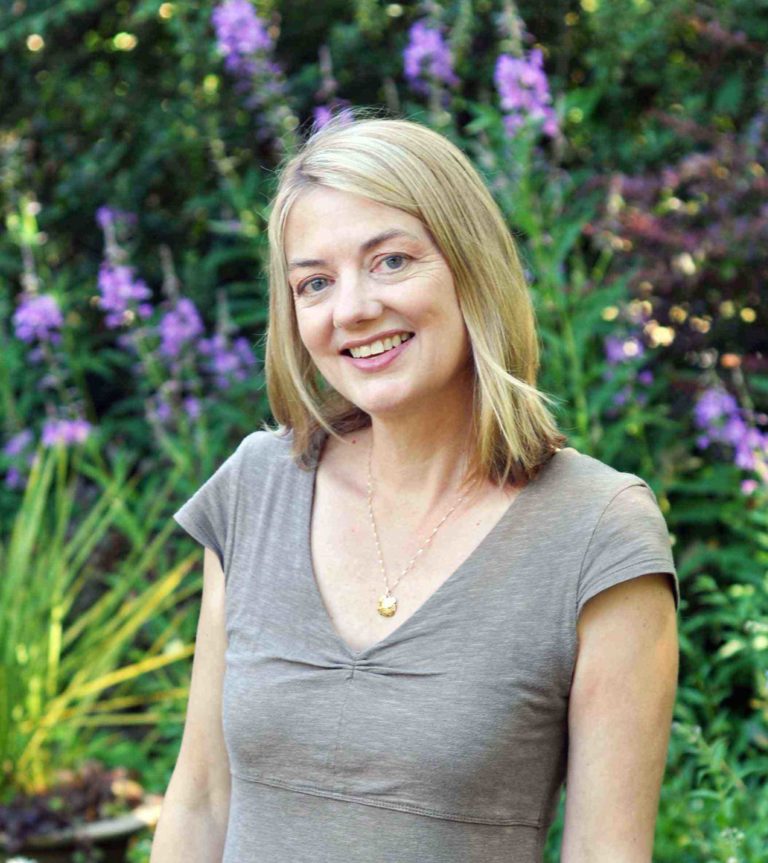
I am so excited to be introducing all of you to Laurie Elmquist today. Laurie’s third board book, City Baby, released just a couple of weeks ago, so I’ll be giving away a copy at the end of this blog. If you’re interested in writing board books, keep reading, because Laurie shares all kinds of useful information throughout this post. She even made a Master Studies video on studying board book mentor texts, which you can watch now.
Myrna: What is your background?
Laurie: I am the author of five children’s books published by Orca Book Publishers, including the Silver Birch Express award-nominated title, Where’s Burgess? and a bestselling board book, Beach Baby. I teach creative writing at Camosun College and help others to tell their stories.
Myrna: What made you want to start writing children’s books?
Laurie: My friend wrote a beautiful lullaby and when I asked her to tell me more about it, she told me it was a board book. “What’s a board book?” I asked. She invited me to her home and showed me a basket full of books for babies. I remember looking specifically at Little You, written by Richard Van Camp and illustrated by Julie Flett. I’d always written stories and poems, but I’d never tried to write for children. That day I was so inspired I went home and wrote Beach Baby. I wrote about all the things I loved about the beach, such as the purple starfish and the pelicans that zoom over the waves. I sent the manuscript to Orca Book Publishers, and they accepted it. Since that day, I’ve continued to write for children.
Myrna: You recently celebrated the publication of your third Board Book with Orca Book Publishers. Congratulations! What do you love about this book?
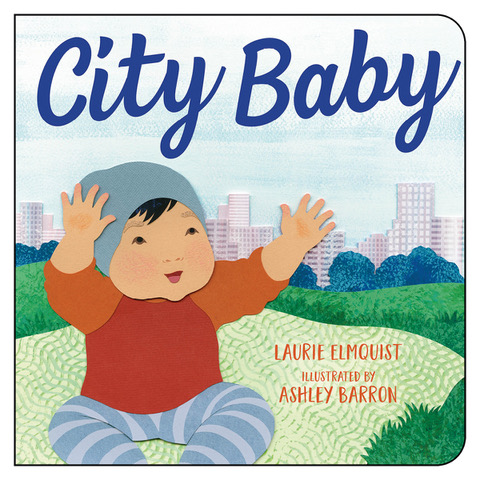
Laurie: City Baby is close to my heart. It was inspired by a walk I took with my daughter and grandson through San Luis Obispo, California. We did some of those things you see in the book, such as visiting a café and walking past a beautiful fountain. The final scene at the back where mom and baby are at a festival is also very personal for me because I wanted to honour my mother-in-law’s Mexican heritage. Okay, honestly I love everything about this book.
Myrna: It sounds wonderful! Did the publisher ask your input for the illustrations?
Laurie: For me, it’s a very hands-off approach in terms of the illustrations. I don’t provide any art notes except what is actually in the text. For example, the baby wears a beanie because it’s part of the story. At other times, the decisions are solely the illustrator’s, such as what type of mural to draw. In my mind, I was thinking something historical, but Ashley Barron chose monarch butterflies, which I love because the image is more kid-friendly and highlights a fragile species.
Myrna: What are the particular challenges of writing a board book?
Laurie: A board book has few words, only about four or five per page. It is a challenge to create a scene with so few words. I like the scene where mom and baby make funny faces in the window. It almost needs no words at all, but the writer still has to create the scene and figure out where it falls in the story. Although board books have a simple narrative, all the story elements are there, including a strong emotional tug.
Myrna: True. So, why did you start taking Storyteller Academy classes?
Laurie: I wanted to learn everything I could about creating picture books. Instructors at Storyteller Academy have introduced me to so many mentor texts. It’s like having a best friend who is super knowledgeable and just piles up your arms with good books. And I don’t just mean the books that have won awards. I mean the books that kids love. I’ve been experimenting with writing lots of different styles and stories. I love books with humour, and I gravitate toward the underdog. I create protagonists who have sensitivities to noise, or maybe they prefer sharks to people, but they also have a steely nerve that is going to get them through any of life’s difficulties.
I’m writing lots of manuscripts, so some of them can be terrible and never see the light of day. Among these terrible ones might be some manuscripts that have the “it factor” and find their way into publication.
Myrna: I love this! I definitely have written some manuscripts that haven’t made it past the first draft. What are you working on now?
Laurie: I’m really excited about a story I’ve written about a princess who won’t wear shoes. Her name is Princess Hazel, and she just refuses to wear those glass slippers that are all the rage.
Arree Chung, who teaches Crafting Picture Book Stories, talks about how kids are always being told what to do, and it’s really great if a writer can turn things around and have kids tell someone else what to do. Although Princess Hazel doesn’t boss anyone around, she does have a lot of agency and some very snappy comebacks to all the people in her life that tell her to put on her shoes.
I’m really happy about the ending of this picture book because I think it works both on a literal and metaphorical level. I’m hoping this manuscript might be one with the it factor. The it factor is something that we also talk about in Storyteller Academy, not in any kind of prescriptive way, but rather we look at the stories that delight us. We also talk about something called layering, which is a story that works on a few different levels.
Myrna: Do you have any advice for our readers, especially those who want to write board books?
Laurie: My advice to readers who want to write board books is to keep it simple. In City Baby, the focus is on a walk through the city. It’s one city. It’s one walk that starts close to home and ends in the city square. It’s the kind of book that is easy to put in a window display along with other books about summertime and kids getting outdoors. My advice is also to write what you love because if you love to take in a summer concert with your baby, your enthusiasm will come through.
Myrna: Thank you for that great advice. What’s next for you?
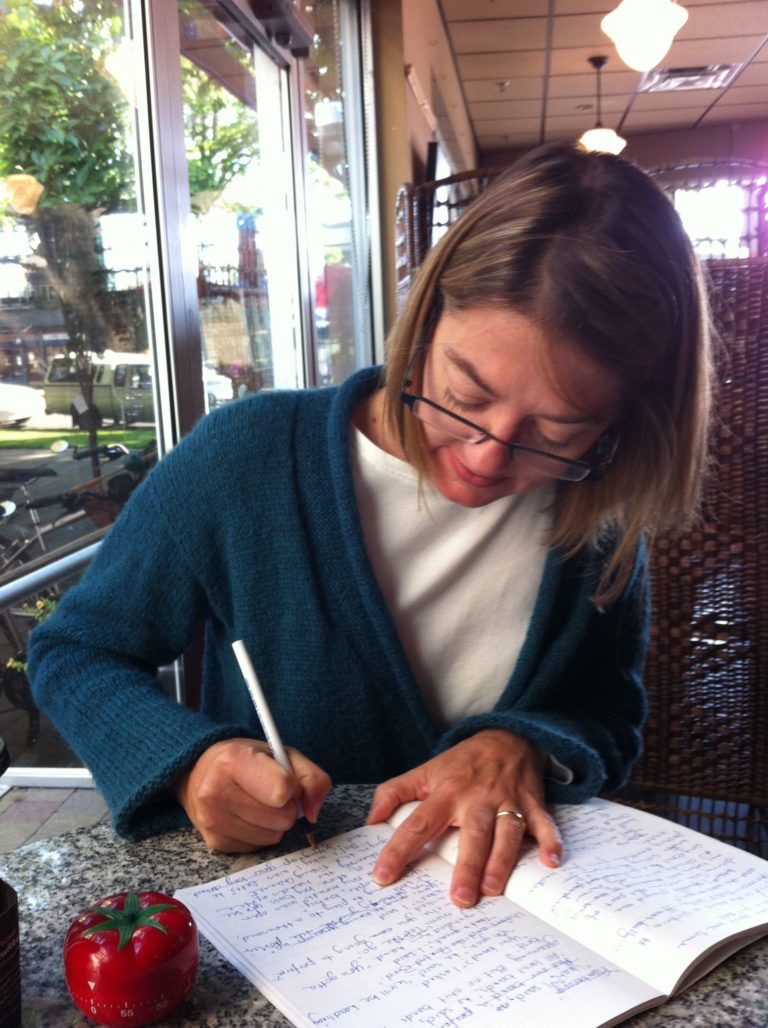
Laurie: I’d like to keep writing and making picture book dummies. I am also writing a middle grade book that I’m excited about. It’s about a boy named Max who sews and makes his own fashions, and has a big dream.
Myrna: That all sounds like fun! Where can we find you on the Internet?
Laurie: You can find me on laurieelmquist.com. I’m also on Twitter @laurieelmquist.
Myrna: Where can we buy your books?
Laurie: You can find my books, including City Baby, by ordering them through your local bookstore and on Amazon.
Myrna: Thanks so much for sharing your experience, Laurie!
Book Giveaway!
So, what have you learned from Laurie? Share something you’ve learned in a comment, and I’ll enter you to win a copy of Laurie’s newest board book, City Baby. This giveaway will close on June 12 at midnight, PDT. You can share this post on social media for extra entries. Just post a link (or let me know) in a comment below.
If you’d like to learn more about Master Studies, I wrote another post on Master Studies for picture books.
Thanks for reading!
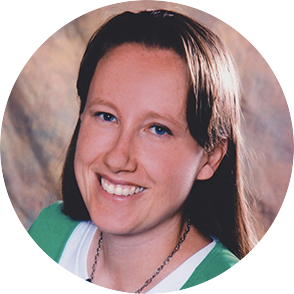
Myrna Foster
Myrna Foster writes and edits content for Storyteller Academy and the WriteRiders Newsletter for SCBWI Nevada. She has spent a lot of time teaching and coaching children, including five years as a preschool teacher. She's also worked as a journalist, and Highlights High Five has published six of her poems.
FREE DOWNLOADABLE RESOURCES
Find them HERE

Learn how to write your children's book from professional, award-winning authors and illustrators
in your own time, at your own pace.
JOIN OUR COMMUNITY
Your creative village is waiting for you HERE.
And it's free!
FEATURED
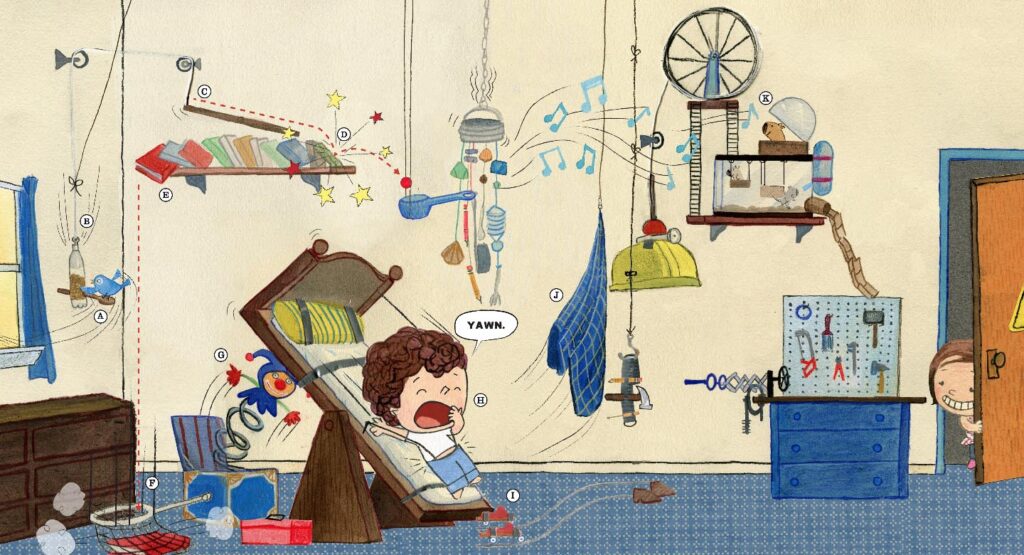
How to Write Children's Books in 7 Steps
EXPLORE
RECENT POSTS
Instructor Stories: Darcy Pattison
Instructor Stories: Baptiste Paul
Instructor Stories: Isabella Kung
Challenges & Twitter Events for Kidlit Creators
Use Mentor Texts to Write Chapter Books
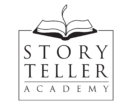

35 thoughts on “Student Success Stories: Laurie Elmquist”
Most important thing I learned is to keep it simple
Great to see board books created by authors only. I learned of a new book I want to read. Thanks Myrna & Laurie
I learned the importance of writing children books which children love to read about beautiful princess and the fairy tales what they imagine through these books.
My favorite thing that Laurie mentioned was how if you write what you love your enthusiasm will shine through. 🙂
I learned the general length and format aspects, and that though short, and with few words, the story still needs to follow the same arcs and general form as any other story — just very condensed.
Several reminders for me in this blogpost. First, keep writing—even if today’s manuscript never sees the light of day, the tomorrow’s might! And second, she wrote a manuscript and SENT IT IN! This is the struggle for me. You’ll never know if it’s any good if you don’t send it in! The worst they can do is say nothing.
I learned to write about something you love so your enthusiasm will shine through
I loved learning that Laurie does not include notes for the illustrator, but instead, makes space for those “monarch butterfly” kind of moments.
I learned about the phrase book board. I didn't know about that phrase before.
I learned that the author sometimes has no input on the illustrations!?!!
I love the idea and challenge of telling a story with only 55 words. I’m drawn to the narrative and celebratory categories. I will tuck the idea away that most board books are given away at baby showers, holidays and birthdays as I figure out a concept. Thanks for the inspiring mini class!
I posted on Twitter. @rcjs119. For the free book
Great interview. I learned to keep it simple! One city, one walk and still being able to keep all the elements of a story. That’s been the challenge for me. Another take away was to write what you love because your enthusiasm will come through. Thanks.
Keeping the narrative simple and short shouldn’t negatively impact the story grammar elements.
Keep it simple and make sure the story you tell is inspiring to you as well as to baby.
I learned to keep sentences simple for board books. I never really thought about how many words were to a page but this got me thinking more about that now. I want to dig out all my toddlers board books to see. Congratulations on City Baby!
Thank you both for this interview! I learned to keep the subject matter simple (ex: one city w/ short walk) to help keep word count low – BUT not to forget layering!
Great interview! I think it goes to show how ones passion and interest in a subject when telling a story really shines through even in a simple format such as board books. That’s inspiring! And I liked her point about how there is still an emotional tug in board books.
As a retired teacher I have always wanted to write children’s books, but I never thought about board books. She has inspired me to try writing books for babies. I really appreciated the advice about keeping it simple and writing about things that make me happy. If I enjoy the topic, hopefully it will come across in the story. Also, the encouragement that all stories are not winners, but don’t give up. I liked her positive attitude.
I've learned, from two of Laurie's videos, that she is a natural. Her gentle spirit shines through everything she does. And that Board Books are not to be feared. She has made the thought of creating them a LOT less intimidating.
I've learned to write what you love and to keep the writing/idea simple. I love learning from published authors. Thank you so much!
Thank you for this post. I’ve heard about the challenges of board books. It’s good to know that board books also need all the elements of a story. I’ll need to find some mentor tests for how to resolve a problem with only 4-5 words per page.
Fantastic interview – and I especially liked the video she made. What I have learned about board books, you can actually tell a story! They can be more than concept books.
I learned what a board book is! And that yet simple, it follows the same rules as any book. I loved the books she reviewed. This has opened me up to new ideas! Thank you.
I loved the blog and her video. I learned so much about the types of board books, word count, words per page and elements of a board book.
Seeing the Master Studies of the 3 books also helped. I never seriously though about writing board books before but now I'm anxious to try one!
I learned a lot of things, for example that you need to write a children's book using very little words,needs to be simple, and with those you need to find the “it factor” for that few words to be enough for its publication. Thanks for the tips ! I hope I get a chance
Write what you love and the rest will follow through. It is very challenging to write just a few words for a picture book- short, simple and engaging but I'm sure it's worth it once we are able to learn and succeed. Thanks Myrna and Laurie.
There was so much great information in this interview and the master studies video. I am having issues with wordiness and think it might help to try to narrate a story for a board book that has such a limited word count. I really liked seeing how the elements of a good story can be seen in such a short book. I also think it is great advice to write about what you know and love and the it factor will come through!
I had never thought about writing a board book before, so this is wonderful new information. I love picture books but have not read many board books since my children were babies. I will always remember one though, “Pat the Bunny!” After this class, I am inspired to give it a try!
I learned that sometimes the best inspirations are simple ones–finding a mentor book that “calls” to you, a memory that gives you joy, a magical day with a toddler that you will never forget.
Thanks for sharing Myrna, I'm working on board books too. I liked Laura's video because I could see that she loves doing this. I look forward to reading her books!
I learned that even board books can follow a story arc, and that lived experiences can make for good subject matter.
Thank you for this interesting post. Insights I've learned from Laurie's interview and video are: be inspired by things you love, keep your text short (~55 words) and focused on one theme, there are three kinds of board books and more.
Hi I learned many things about the art of doing what you love can blossom into other things. I always love writing and reading. This love can be translated into a children’s book because its about honing in on what your gifts are and exploring what you love. Laurie decided to explore and her curiosity was peaked when she went over her friends home and from there that simple inspo created a spark for her to create more gifts to the world: her board books
I especially enjoyed how she wanted to touch on her baby’s heritage- diversity needs to be embraced more so I was very encouraged simply by how she was open to share that as apart of her vision!!!! ❤️
Thanks for the opportunity to make an entry for the giveaway!
I learned that Board Books tend to have 4-5 words on each page. I also liked how Laurie said she doesn't provide illustration notes. I agree with that method, because like she said, board books are “a simple narrative.” So, it differs from picture books and as a writer, it makes sense to let the illustrator work their magic. I like how the illustrator Laurie found provided butterflies instead of a mural, because like mentioned above, it was more, “kid-friendly.”
This makes me want to read more board books. Last summer, I was excited to read some, but then I took a break. Now, I've come back around the circle, and this summer I will look and read some again!